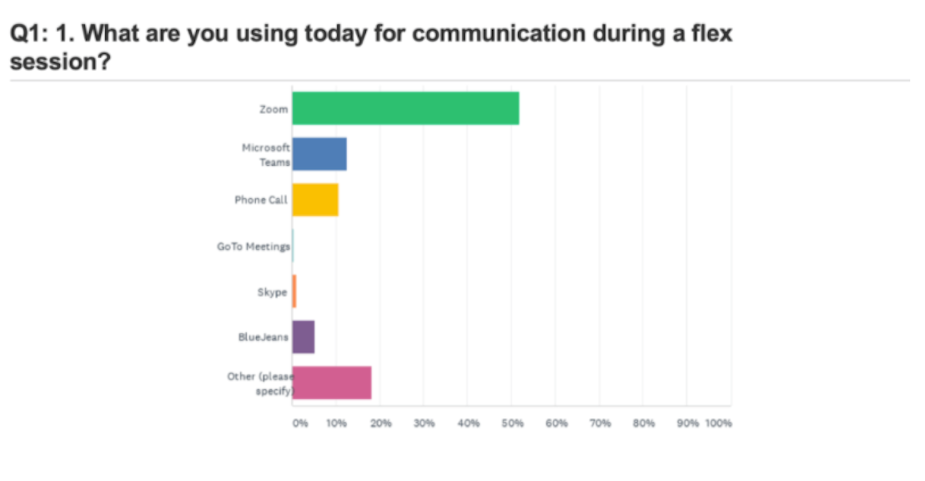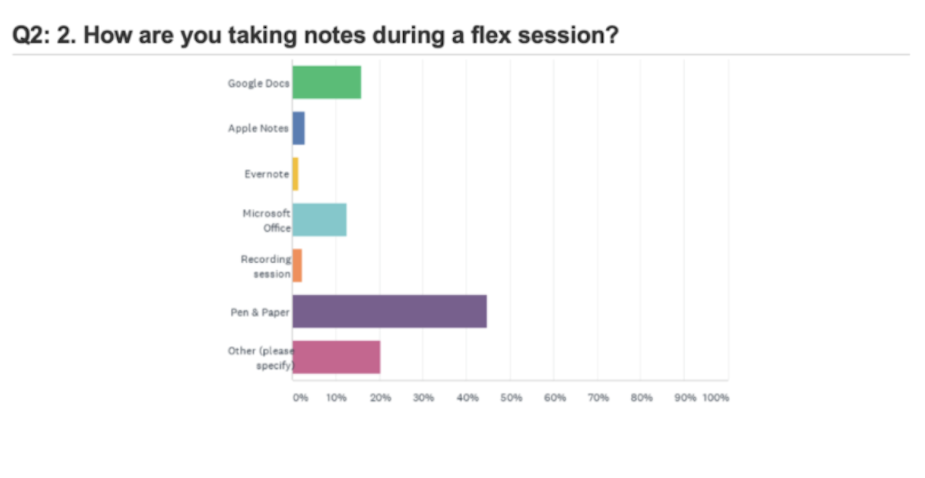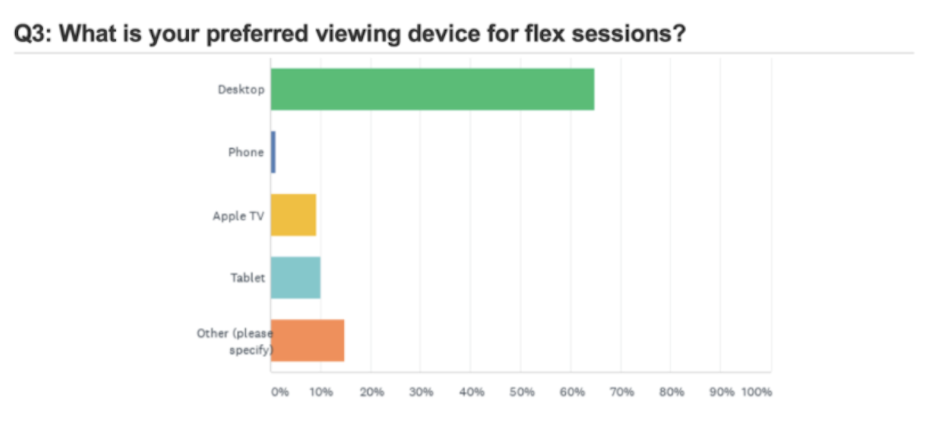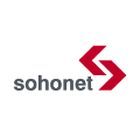
Creative Remote Collaboration – Best Practice for ClearView Flex

In August of 2014, Lionsgate challenged the Sohonet engineering team to solve a difficult problem: enable the director for Gods of Egypt to finalise the post from Sydney, without having to travel to LA for executive review sessions every month. We set out to solve the video stream problem first, using a Nevion T-VIPS 480 at each endpoint and developed a separate video payload approach on the network to ensure zero packet loss (and hence frame loss). For security, we used network CPE to encrypt the stream and to provide a performance monitoring capability.
While we were suitably impressed with the scalability and repeatability of the solution, we had not solved the ‘human collaboration’ problem. The director and other creatives were relying on Skype, which was a terrible experience back then. To compliment the service, we deployed a high-quality, cost-effective managed video conferencing solution that could run across our uncontended private network and would eliminate audio bleed over issues with the content video stream. The creative and executive teams at Lionsgate and in the production company were happy, and ClearView HD was born at Sohonet.
While much has changed in the past six years, the underlying problems haven’t. How do Storytellers work together as seamlessly when 5000 miles apart as they do when in the same darkened room?
- Rock-solid frame-accurate performance from a video stream with appropriate colour and audio fidelity for the creative workflow (live video stream performance combined with video & audio fidelity that matches the creative need)
- Human collaboration to facilitate creative discussion and note-taking that mimics the over the shoulder in-suite experience (see and hear the other creatives, take notes)
The pandemic has accelerated remote collaboration use cases in ways that no one could have anticipated, with an explosion of needs across the creative workflows in our industry. For Sohonet customers, the vast majority of the 100k+ hours of ClearView Flex sessions (500k+ of viewing hours) since January 1st have been viewed on consumer devices in creatives’ homes. Knowing that every creative team is different and their workflow or use case has different requirements (editing vs. colour grading vs. audio mixing vs finishing reviews, etc), we set out to understand what is currently best practice for collaboration in our current pandemic driven environment.
We have been conducting interviews and surveys with our community as well as trying to dissect the usage data on our ClearView Flex and Pivot ecosystems. It’s probably not surprising to anyone that best practice as perceived by our community mimics the in-person experience, but with practical decisions from the new environment.
- A two-screen experience. Since the average creative in our industry is working off equipment that is 18-24 months old, splitting the video content from the human collaboration is the first step to improving the performance of both needs. Video management is CPU intensive on most laptops, so asking your ‘old faithful’ to capture your face and voice while you interact with the team while simultaneously asking it to render rock-solid frame rate from the content being streamed to you is a tall order. While modern video conferencing tools like Zoom, Microsoft Teams, Blue Jeans and Google Meet have come a long way, its an additional burden on the CPU, your screen ‘real-estate’ and make the ‘audio bleed-over’ that much harder to control (audio feedback between the streamed content and your people-oriented video conference call).

- Video vs. audio. Many members of the community are telling us they often only use ‘audio-only’ for their collaboration, typically from a phone connected to a modern conferencing tool (Zoom, Teams, etc). 82% of the community is using a modern video conferencing tool, but exactly when to use the video portion of those tools seems to come down to preference and use case. Those who most preferred video were working with the director (often the editor), focusing on reactions, while those preferring audio-only were often in more technical workflows (VFX shot review), colour focused workflows (colour grading) or were with large groups (finishing or DI reviews, off-set creative participation).
- Note-taking. The most popular note-taking app was…Google Docs, followed closely by Microsoft Office. The most popular overall approach — pen and paper. There are definitely advanced creatives out there using more sophisticated apps, but for the most part, it’s pretty ordinary.

The other interesting thing about creative behaviours over the past six months is the increasing average session length. Pre-pandemic, the ‘typical’ session was 3-5 people viewing the content, often several in the same room, for about two hours. From the onset of the pandemic, the average session length began to grow. It is now not uncommon for 15-20 creatives to join a session for 7-9 hours per day, with ‘executive reviews’ typically conducted on Apple TV (which now supports 10-bit colour and 5.1 audio). We believe this trend of longer sessions (and a higher mix of finishing reviews) is the reason behind the mix change away from a laptop experience. As adoption of 10-bit colour and 5.1 audio increases, we are expecting that mix to continue to favour AppleTV (easiest way for non-technical creatives to get access to those features).

Regardless of your preferences, we are continuing to develop the tools and features our community needs the most and greatly appreciate your continued feedback. In the coming months, we will continue to upgrade the video capabilities, increase the scalability of viewers from 30 to 40, improve integration with our partner toolsets (eg Moxion), add in-app communication tools (audio, video) while improving integration with 3rd party tools (eg Zoom, Teams) and provide for a scheduling capability so that Flex can be a pre-planned workflow vs. its current very ‘ad-hoc’ approach.










